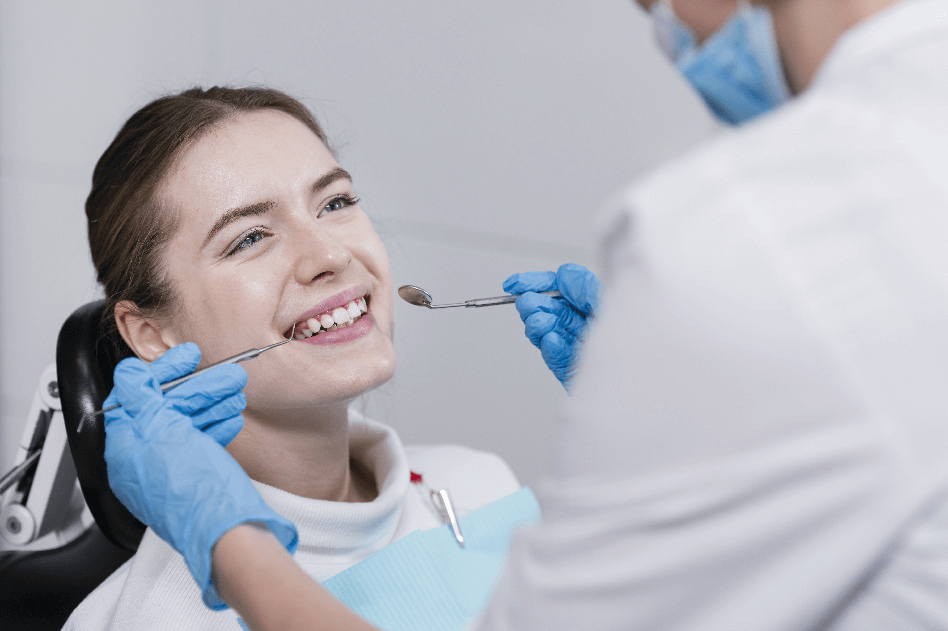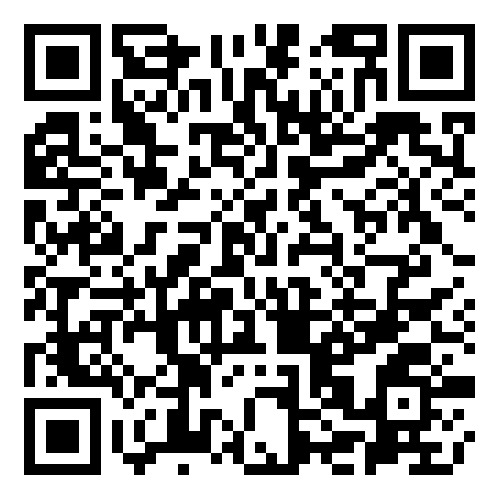
Have you ever thought about how great it would be to see the end results of dental work before actually undergoing it? Much like how you would like to try on clothes before making a purchase to see if they align with your style, personality, and comfort. Well, it is possible now due to a groundbreaking development in the industry known as Digital Smile Design, or DSD.
No longer would you have to rely on imagining results based on other patients’ before-and-after images. With DSD, you can now preview and customise your smile to a certain degree, and have a say in the refinement process before any work is done on your teeth.
What is Digital Smile Design?
Digital Smile Design is the technology that enables a dentist to take high-quality images, videos, and 3D scans of your facial features and teeth to construct a digital version of your smile. Picture this as a dental dress rehearsal. A dentist will build the strategies for every step of the process to achieve your desired outcome, including the treatment, the position, and size of the teeth, and how the smile will fit with your face and features.
The images are processed with specialised technology software tools that simulate your treatment results. Simulation enables you to visualise transformations with crowns, aligners and full smile makeovers, as well as with veneers.
What Makes It Different?
Provision of DSD with digital imaging means people can visualise the smile they will get, allowing for much greater trust that the end result will meet expectations. Potential patients wonder questions such as “What if the changes made are not to my liking?” and “What if the result is too far from the desired outcome?” These questions become redundant with DSD as no more guesswork is embraced.
Let’s say you would like veneers placed in order to manage chipped or misaligned teeth. The dentist is able to make a smile design that suits your features, enabling you to virtually approve it before any veneers are made. Through this streamlined approach to smile design, the journey is not only more predictable but also allows for greater input from the patient.
The Sequential Stages of DSD
Although individual clinics may have differences, DentAesthetica’s general workflows are as follows:
Consultation and Discussion – This first session, focused on personal objectives regarding dental aesthetics, goes on to include conversations about wanting brighter and more symmetrical smiles as well as gap closure, addressing dental concerns.
Digital Records – Multi-view captures of high-quality photos, videos, and 3D scans documenting one’s smile form and elegance are essential to designing one that looks naturally appealing.
Smile Analysis – The dentist reviews lip and gum proportions to the face to formulate the best harmonious smile for the individual.
Virtual Preview – With DSD software, the previews are as realistic as the renders and can be viewed from any angle, including through video.
Approval and Planning – The smile design is achieved through a dentist-developed treatment plan, which is executed with flawless step-by-step precision and is exceptional in detail as well as in nature.
The Emotional Effect of Seeing Your Future Smile
Patients repeatedly express that seeing themselves with their new smile for the first time is the most potent moment in the DSD journey. It goes beyond teeth – it touches on self-esteem. A smile shapes your interactions with people, how you perceive yourself in photos, and even your attitude toward new possibilities.
Consider one patient. She had been concealing her smile for years due to uneven teeth and considerable staining. When she viewed her digitally crafted smile, she burst into tears – the happy tears – because she could now envision a future where she could smile genuinely and freely. That degree of emotional reassurance is difficult to provide with traditional dental consultations.
Is Digital Smile Design Only for Cosmetic Dentistry?
Not at all. While DSD is particularly well-known for cosmetic makeovers, it is equally effective for restorative and orthodontic treatments. For those undergoing braces or clear aligners, DSD can illustrate how their teeth will progressively shift. For patients requiring crowns or implants, it guarantees that the final blended restoration will seamlessly fuse with the natural teeth.
Why Select DentAesthetica for DSD?
At DentAesthetica, we use Digital Smile Design technology for something deeper than just to brand the clinic – it’s the cornerstone of our patient-centric philosophy. A smile is a personal feature; therefore, we customise the treatment according to the patient’s preferences. Our practice integrates artistry and dentistry; therefore, your smile will be youthful and age gracefully, in addition to being functional and comfortable.
The possibilities of DSD make us rethink dental treatment. It transforms the worrisome “How will it look?” to the eager “I cannot wait to see it in real life.” DSD eliminates the guesswork and hands over the controls.
If the possibility of a smile transformation excited you, but the fear of the unknown was holding you back, we invite you to experience the DentAesthetica difference. DSD customisation makes it a step-by-step design and delivery framework, allowing us to assist you in planning, visualising, and, of course, transforming your smile well in advance of your dental appointment.
Frequently Asked Questions (FAQs)
1) What distinguishes Digital Smile Design from traditional cosmetic dentistry practices?
Unlike traditional cosmetic dentistry, which often works backwards from a result, Digital Smile Design (DSD) provides a realistic preview of a patient’s smile, making customisation and accuracy integral parts of the procedure.
2) Does the incorporation of Digital Smile Design into treatment increase the cost?
Despite the advanced technology involved in DSD, it can lower the long-term costs of treatment by decreasing the chances of post-treatment dissatisfaction and the need for corrections. With DSD, patients know precisely what to expect before the procedure.
3) Is there any specific condition under which Digital Smile Design cannot be performed?
DSD is, in fact, suitable for a wide range of dental issues, from small cosmetic corrections to extensive smile makeovers. DSD is versatile. However, the dentist must examine the patient’s dental and periodontal health to confirm candidacy for the procedure.
